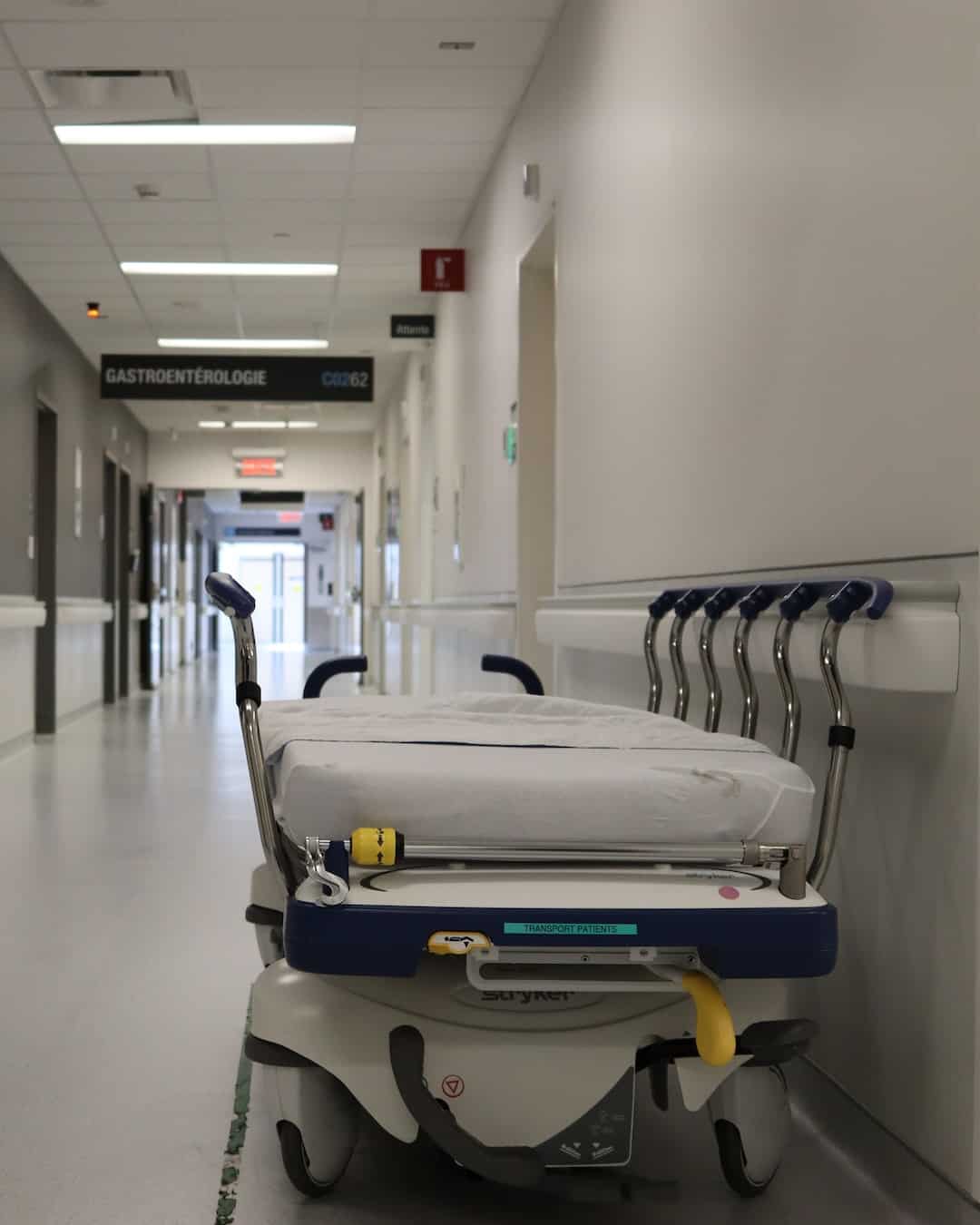Sharing is caring!
In the United States, it’s estimated that over 73% of the population is overweight or obese.
Bariatric gurney transportation is the movement of someone who is deemed “overweight.” This type of transport typically requires specialized equipment.
As a healthcare provider, it’s vital that you and your staff know how to care for bariatric patients. You must also have the proper resources to care for and transport them.
Safety is one of the most important things when it comes to gurney transportation. It’s especially crucial when you’re moving a bariatric patient, as they are at a higher risk of injury due to their size and weight.
To keep everyone safe, we’ve put this guide together. It includes five safety tips that everyone who is using a bariatric gurney should know. Keep reading for all the information you need.
1. Assess the Patient’s Health
Before transporting any patient, it’s important that you or your staff perform a health assessment. If the patient or client has any pressing health concerns, it could cause an issue during transport, which is the last thing you want.
Before transportation starts, everyone involved in the move should be aware of any problems or potential issues. That way, others can be on the lookout and if something does go wrong, it can be addressed quickly.
It will also allow staff to get any other equipment set up in case of an emergency. All supplies should be close by in case something unexpected happens during transport.
Assessing the patient’s health will also reduce the risk of any falls. It will also allow you to keep the patient comfortable. You’ll be able to provide any clothing, blankets, or appropriate supplies that will make them feel more secure.
Even during non-emergent transport, it’s important to monitor the patient to ensure they stay in good health. Bariatric gurney transportation can still be stressful, so check on the patient and ensure their vitals are stable throughout the move.
2. Properly Secure the Patient
The next step is to properly secure the patient. The gurney straps shouldn’t be too tight.
However, they should be snug to ensure the patient doesn’t fall or slide off the bariatric gurney. The patient’s extremities should be secure as well. You don’t want their arms or legs to get bumped or bruised during the move.
Keep in mind that your patient may have limited mobility. This could make securing them slightly more difficult and may take extra time, so keep that in mind.
3. Use the Correct Equipment
Having the proper equipment is another key contributing factor that will determine the level of care you can provide. There are specific gurneys that are made to maintain and support bariatric patients.
Before placing the client on the gurney, double-check the weight capacity to avoid any equipment malfunction. The gurney should be made to hold the patient’s size and weight and have the right amount of cushion support. The wheels should be wider and have a reinforced frame.
Besides the gurney, the transport vehicle should also be up to standard. It may need to have more space inside.
There should also be areas to secure the gurney so it doesn’t move around. Ideally, the vehicle will have non-slip floors as well.
4. Clear the Path
Clearing the path and ensuring it stays clear is crucial. Once you start transporting a patient, you don’t want anything or anyone getting in your way. It’s risky and could cause injury to you and the client.
If people are around, ask them to stay away from the path. Check it again before you start moving to ensure there’s no debris or obstacles blocking your way.
You don’t want to have to maneuver around boxes, furniture, or any other items while you’re transporting your patient into or out of your vehicle.
5. Use Proper Lifting Techniques
Bariatric gurney transport is going to be slightly more difficult when compared to non-bariatric transport. Because of this, it’s vital that you use proper lifting techniques. You don’t want to injure yourself while on the job.
Lifting with the legs instead of the back is recommended, and using your core muscles as much as possible will also help.
Having the proper equipment can also be useful for keeping the staff safe. Hoists, transfer boards, and slings can make the transport and lifting aspect easier, more efficient, and even safer.
If a staff member is hurt or injured, it poses a risk to the patient as well. Before going to a gurney transportation assignment, make sure everyone on the team is equipped with the proper knowledge and skills to make the transfer happen safely.
6. Ensure Adequate Staffing
Gurney transportation for a bariatric patient is going to require more staff due to their weight and size. Before going to pick up your patient, be sure you have enough staff with you.
You don’t want to get to the patient and not be able to move them because you’re short on personnel.
Bariatric Gurney Transportation
No matter whom you’re transporting, you should always give the best and safest care. Your staff should be properly trained on bariatric gurney transportation. This will ensure everyone stays safe.
Before working with clients, make sure your staff and gurneys are available and ready to go out into the field. Following the safety tips above is critical and will keep bariatric patients secure and out of harm’s way.
Whether you need gurney transport or have any questions, send us a message here. We have helped many patients and medical facilities and we are confident we can help you, too.

